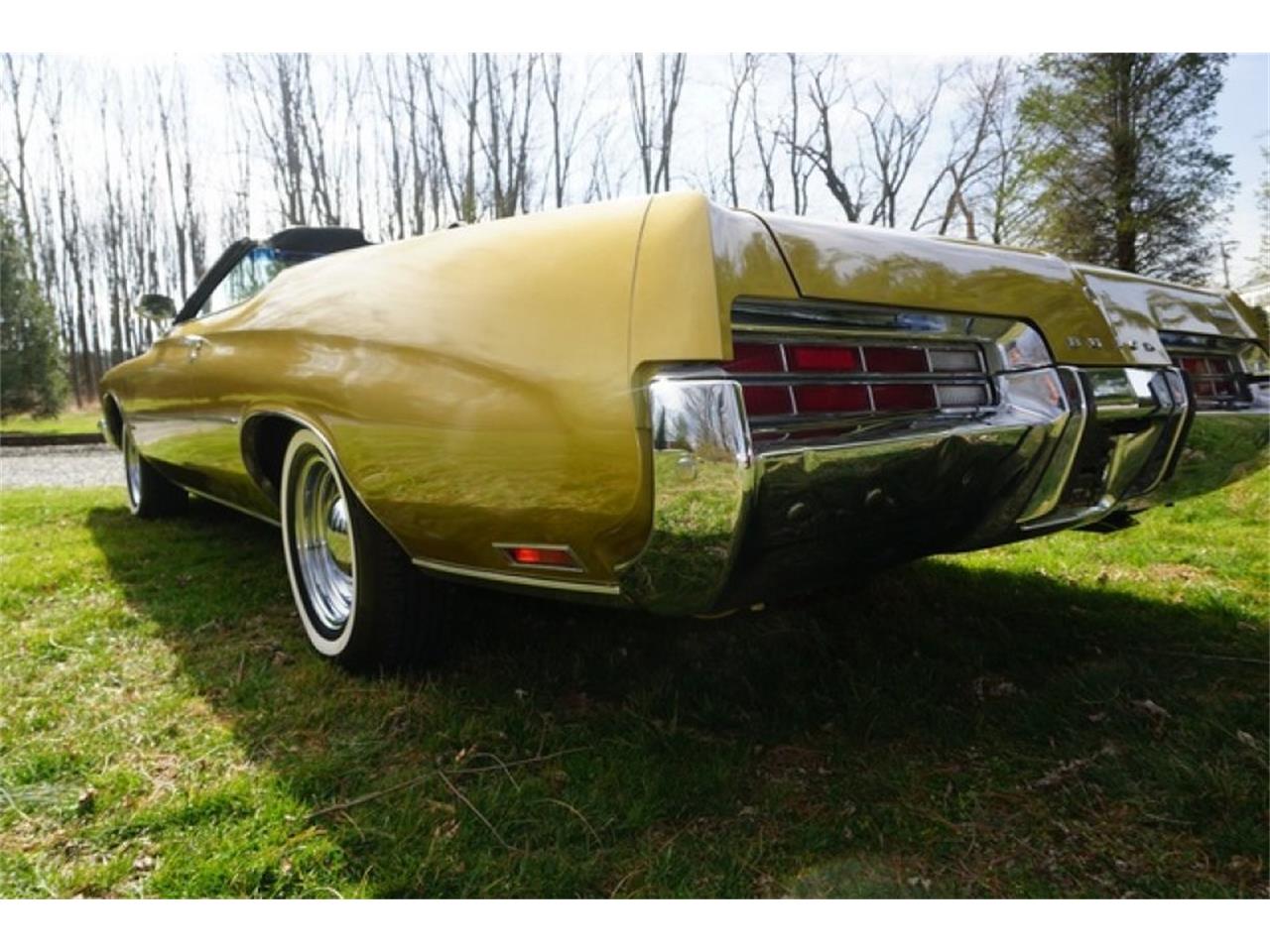

Little wonder then that the Centurion never found its niche… So the Centurion looked like the cheaper big Buick, was priced like the more luxurious big Buick, and offered relatively impressive handling capabilities from a brand never noted for that attribute. Not bad, but not a reason to buy either, especially given the price. There was nothing in the rankings that was especially exemplary: the car was rated as “good” overall.

Conversely, the nearly identical-looking LeSabre with the optional 455 V8 and Turbo-Hydramatic could be had for $135 less ($806 adjusted). When packed with options like the test car, the price for the Centurion was $6,678 ($40,167 adjusted), putting it into competition with cars like the Electra 225 Custom, which were considered to be in the “luxury” class. Fairly comical was the lack of interior storage space and a relatively small trunk (17 cubic feet of capacity), given the overall extra-large size of the Centurion. Inside the Centurion skewed more “Buick” than “sport” with a cloth-and-vinyl notchback bench seat, plenty of chrome and fake wood trim and no gauges available beyond the speedometer and fuel level. Well, at least the engine was smooth and powerful, as befitting a Buick… While stopping ability overall was rated as “good,” the Centurion was critiqued for brake fade after repeated hard stops. Even in the era of “cheap” 36¢-per-gallon regular gas ($2.17 adjusted), the fuel economy would have been painful to bear: filling the Centurion’s 25-gallon fuel tank would have cost $9.00 ($54.25 adjusted) and would have been required every 225 miles or so. Road Test noted an average of 9 miles-per-gallon around town during their test period. Weaknesses for the Centurion were typical for full-sized cars at the time: horrific fuel economy and unimpressive braking performance. Too bad that Pontiac, which still had some credibility as GM’s “performance” division in the early 1970s, didn’t see fit to make this sort of suspension set-up standard on all its big cars-it would certainly have been a better fit from a brand imagery standpoint. That fact alone made the Centurion a bit of an odd choice for the Buick brand, since the company’s hallmark for decades had been riding comfort. According to Road Test, cornering capabilities were impressive for such a big car, though there was a bit of deterioration in ride isolation due to the suspension set-up. The excellent styling was proof, once again, of the talent of Bill Mitchell and his teams in GM design.īuick engineers had done their homework with the Centurion. GM deserved credit for making their new “fuselage-type” designs for 1971 look smaller than they actually were-in sharp contrast to Chrysler’s Fuselage offerings that unfortunately looked even more gargantuan than their dimensions would dictate.

Not that you’d realize it from looking at the car, however-it was simply a handsome full-sized 4-door. Right out of the gate, Road Test noted the Centurion’s positioning as the “sportiest” of the big Buicks. William Stopford’s post yesterday provided an excellent overview on Buick’s full-sized “performance” offering of the early 1970s, and this vintage review provides a bit more period detail on the mission and merits of the car when it was new.

“When obscure cars are reviewed, Road Test Magazine will review them.” This riff on Buick’s famous tagline could certainly be applied to the January 1971 issue of Road Test Magazine, which featured a drive report on the newly introduced Buick Centurion.


 0 kommentar(er)
0 kommentar(er)
